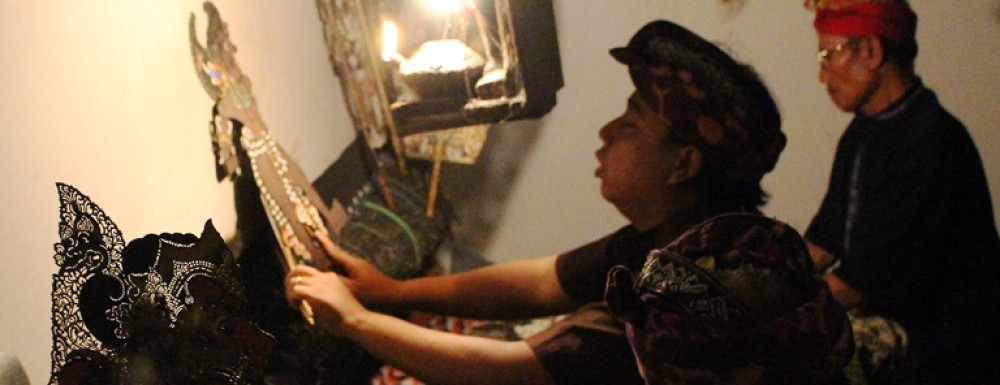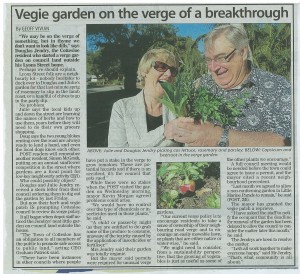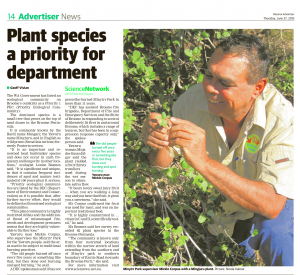TEXT BY GEOFF VIVIAN
 Theona Councillor launched her second CD album last month and has since been promoting it in Perth and Hedland.
Theona Councillor launched her second CD album last month and has since been promoting it in Perth and Hedland.
As many of her extended family members live in and around Geraldton I wrote this piece for the Midwest Times.

Text and pictures by GEOFF VIVIAN
 Cottesloe council was set to demolish a friendly verge-side herb garden.
Cottesloe council was set to demolish a friendly verge-side herb garden.
There hadn’t even been a complaint – rangers had reported it because it did not have planning permission.
Eventually common sense prevailed, but any new verge gardens will need planning permission and to adhere to a strict new set of guidelines.
These stories are from POST Newspapers 6 and 27 September 2008
TEXT BY GEOFF VIVIAN
TRADITIONAL Owners are helping scientists from UWA and CSIRO conduct a genetic survey of insects in Kimberley vine thickets for bio-molecular analysis in bulk—a technique that comes under the heading of ‘eco-genomics’.
The team has sampled flying and crawling insects from 36 vine thickets in coastal and
island locations between Derby and Kalumburu.
At each site a tray is prepared with the specimens laid out and digitally photographed before they are all placed into a combined ‘DNA soup’ for bio-molecular analysis.
CSIRO evolutionary biologist Dr Owain Edwards says the method is being developed in response to a legislated requirement for environmental approvals before resource projects can commence.
He says traditional taxonomic methods used on single sites are time-consuming, and in a poorly studied region like the Kimberley, give no indication as to whether a newly-discovered species is locally endemic or more widespread.
Science Network [read this story]
This story has also been republished in The Broome Advertiser and Kimberley Echo newspapers.
THE WA Government has listed an ecological community on Broome’s outskirts as Priority 1 PEC (Priority Ecological Community).
The dominant species is a small tree that grows on the top of relic sand dunes in the Broome Peninsula.
 It is commonly known by the Bardi name Mangarr and in English as wild prune (Sersalisia sericea)formerly (Pouteria sericea).
It is commonly known by the Bardi name Mangarr and in English as wild prune (Sersalisia sericea)formerly (Pouteria sericea).
“It is an important and renowned local bushtucker species and does not occur in such frequency and longevity in other locations,” says ecologist Louise Beames.
Science Network [read this story]
This story first appeared in Science Network WA on 10/4/2013 and it has been republished by Broome Advertiser on 4/7/2013